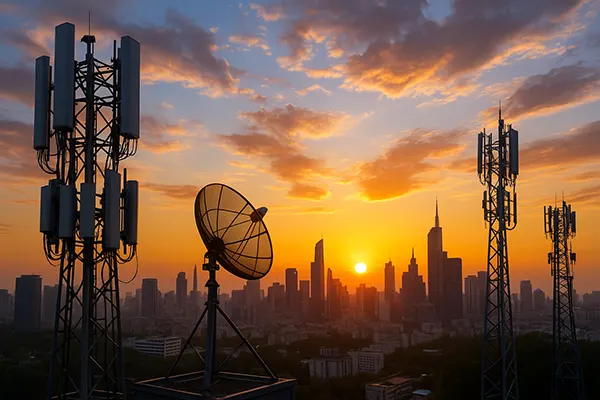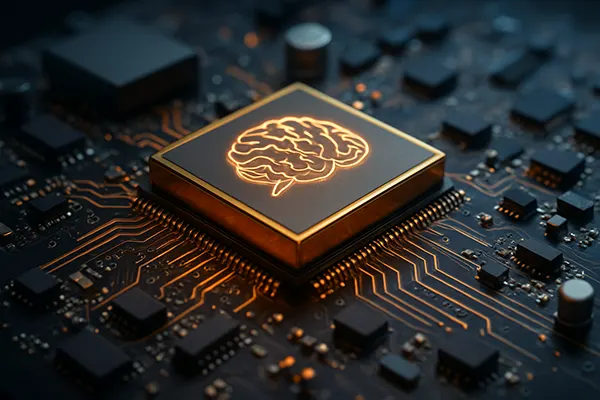
6G and Next-Generation Networks: From Concept to Large-Scale Deployment
The transition from 5G to 6G represents more than just an incremental upgrade in mobile technology. By 2030, 6G is expected to transform the way people, industries, and governments interact with digital ecosystems. In 2025, researchers, regulators, and telecom operators are already actively preparing the groundwork for what many consider the next major leap in wireless connectivity. This article explores the key concepts, challenges, and real-world implications of 6G networks.
The Foundations of 6G Technology
6G is projected to operate at frequencies beyond 100 GHz, entering the terahertz range. This will enable unprecedented speeds of up to 1 Tbps, which is nearly 100 times faster than 5G. Such capacity will support immersive communication, autonomous systems, and advanced AI-driven applications that require real-time data exchange.
Beyond speed, 6G focuses heavily on ultra-low latency. Researchers are targeting latency as low as 100 microseconds, which would be vital for remote surgeries, smart manufacturing, and highly responsive robotics. These advances are expected to reduce communication delays to levels indistinguishable from human reaction times.
Another cornerstone is the integration of artificial intelligence at the network’s core. Unlike 5G, where AI is primarily used for optimisation, 6G envisions AI as a self-sustaining system that manages traffic, security, and user demands dynamically and autonomously.
Research and Development in 2025
As of 2025, several leading economies, including the EU, China, South Korea, Japan, and the United States, are investing billions into 6G testbeds and pilot projects. The International Telecommunication Union (ITU) has already initiated early frameworks for standardisation, which will guide global development.
One of the critical areas of research is spectrum allocation. With terahertz waves still under exploration, policymakers and regulators are working to ensure fair and secure access to frequencies without creating harmful interference. This remains a complex challenge due to the limited availability of usable spectrum.
Moreover, global collaboration is shaping the early stages of 6G. Universities, tech giants, and telecom providers are sharing research findings through international consortia. Such cooperation helps accelerate innovation while maintaining alignment with global standards.
Applications and Use Cases of 6G
The potential use cases of 6G extend far beyond mobile communication. One promising area is the advancement of holographic communication, enabling lifelike telepresence for business, education, and healthcare. Unlike video calls, holographic interactions would allow participants to experience a three-dimensional presence in real time.
Another revolutionary application lies in the development of the Internet of Senses. This concept includes transmitting not just audio and video but also touch, smell, and taste through digital networks. If successfully implemented, it could redefine how people interact with entertainment, commerce, and even therapy.
Additionally, 6G will support large-scale digital twins—virtual replicas of cities, factories, or even entire ecosystems. These models will allow governments and corporations to simulate scenarios, predict outcomes, and optimise operations in real time, reducing costs and improving resilience.
Industrial and Societal Benefits
Industries such as healthcare, transportation, and energy stand to benefit significantly. For example, in smart cities, 6G can manage millions of IoT sensors to optimise traffic flows, reduce emissions, and enhance public safety. In agriculture, ultra-reliable connectivity can power autonomous drones and machinery for efficient food production.
From a societal perspective, 6G has the potential to bridge digital divides. By delivering ultra-fast broadband even in remote and rural areas, it can improve access to education, telemedicine, and digital services for underserved populations worldwide.
Security and resilience will also improve. With AI-enabled predictive analytics, 6G can identify cyber threats in real time, protecting individuals and critical infrastructures from increasingly sophisticated attacks.

Challenges and Path to Deployment
Despite its potential, 6G faces significant technical, economic, and regulatory hurdles. Developing reliable terahertz hardware remains a challenge, as such frequencies are prone to high energy consumption and limited range. Engineers are experimenting with new materials and antenna designs to overcome these barriers.
Another challenge is the massive infrastructure investment required. Unlike 5G, which relies heavily on dense small-cell deployment, 6G may require even more advanced installations, potentially raising costs for operators and delaying large-scale rollout without effective strategies.
Finally, global harmonisation of standards will be critical. Without unified frameworks, fragmentation could slow down deployment and limit international interoperability. This makes cooperation among governments, industry leaders, and regulators essential to ensure a smooth transition to 6G.
Timeline Towards 2030
According to industry forecasts, 6G is expected to enter pre-commercial trials around 2028. By 2030, early commercial deployment could begin in advanced markets, with widespread availability expected later in the decade. This timeline aligns with the natural 10-year cycle observed in previous generations of mobile networks.
In 2025, the focus is primarily on research, spectrum policy, and experimental testbeds. Nations are competing to establish leadership, but collaboration remains a necessity to avoid duplication of efforts and ensure global interoperability.
For businesses, the next five years are a crucial preparation phase. Companies that invest early in adapting to 6G-ready technologies—such as AI-driven analytics, IoT ecosystems, and edge computing—will be better positioned to harness its transformative capabilities when deployment begins.




